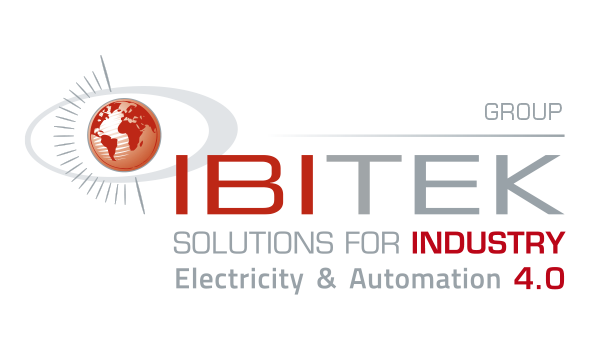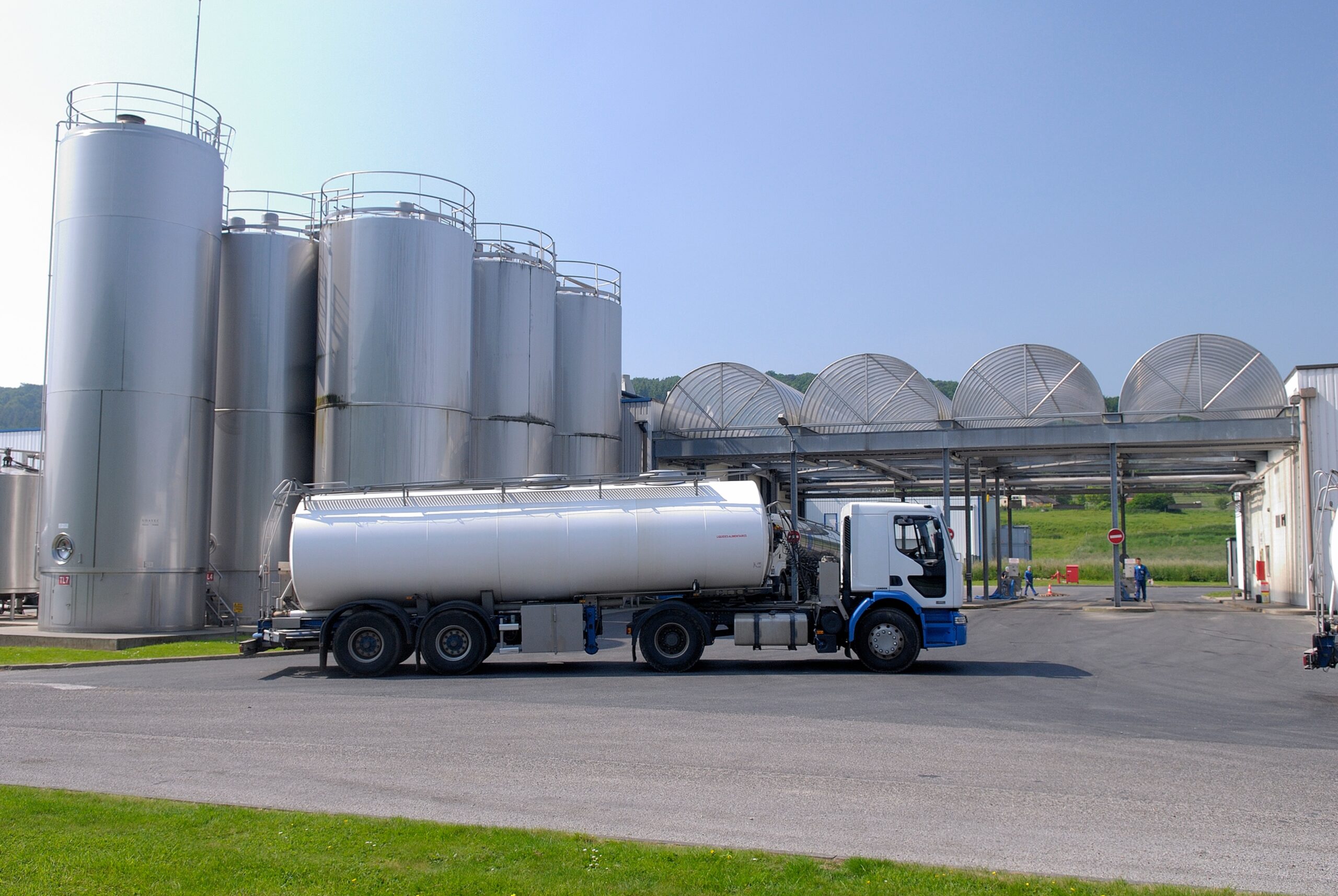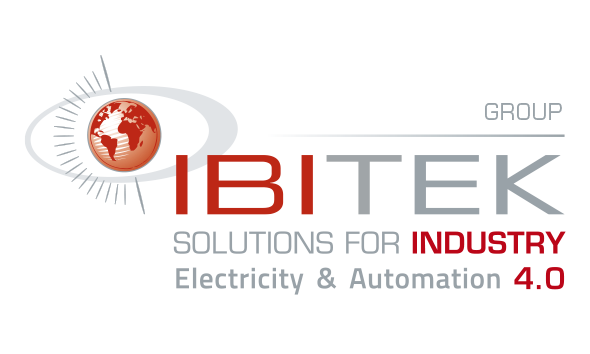In the world of Industry 4.0, maintenance optimization is a key objective for any company seeking to improve productivity and efficiency. To achieve this, one of the most powerful tools at your disposal is the Manufacturing Execution System (MES), or MES software.
What is MES (Manufacturing execution system) ?
MES software is a technological solution that helps manage and control the execution of production operations on the shop floor. It provides information in real time, enabling rapid and effective decision-making.
Key components and functions of MES software
MES software comprises a multitude of key components, including data collection, quality management, production monitoring, planning and scheduling, not to mention maintenance.
The role of MES software in industry
MES software plays a crucial role in industry, bridging the gap between the planning level (ERP) and the PLC control level. It provides a precise, real-time view of production, helping to optimize processes and reduce costs.
How does MES software work?
MES (Manufacturing Execution System) software works by collecting, analyzing and using production data in real time. In a typical configuration, MES software is directly connected to the plant’s machines and equipment. It collects production data such as cycle times, production quantities, downtime, defects and other performance parameters.
The software then analyzes this data to produce meaningful information, such as yield rates, unplanned downtime and quality indicators. This information is presented in the form of dashboards, reports and alerts, helping production managers to make informed decisions.
In addition to this, MES software interacts with other company information systems, such as ERP (Enterprise Resource Planning), to ensure consistency and the flow of information throughout the enterprise. It also plays a crucial role in production planning and control, quality management, inventory, maintenance and other key production processes.
How to optimize plant maintenance with MES software
Real-time alerts for operators and maintenance teams
MES software provides real-time alerts in the event of performance problems or machine faults. For example, if a machine begins to show signs of malfunction, MES software can immediately alert the maintenance team. This enables rapid intervention, reducing unplanned downtime and avoiding costly repairs.
Real-time indicators and diagnostics
MES software collects data in real time, providing an accurate dashboard of your plant’s status. This data enables you to track key indicators such as machine utilization rates, the number of breakdowns or the duration of maintenance interventions. By analyzing this data, you can identify which machines or processes require particular attention, and plan preventive maintenance to minimize downtime.
The link between MES software and other information systems (ERP, quality, third-party software: WMS, CMMS, weighing, etc.)
MES software doesn’t operate in silos. It integrates seamlessly with your company’s other information systems, such as your ERP or your quality, warehouse management (WMS) or computer-aided maintenance management (CMMS) software. This integration ensures data consistency throughout the company, contributing to better maintenance management.
Would you like to set up an MES project?
Consider IBIProd from Ibitek. This MES software offers optimal management of production data and efficient integration with other information systems.
IBIProd enables you to improve your plant’s performance, providing valuable insights into your production processes and helping to identify optimization opportunities.
What’s more, its ability to connect to ERP and consolidate corporate reports makes IBIProd a valuable tool for any industrial company looking to improve its operations.
Conclusion
MES software is a powerful tool for optimizing maintenance in Industry 4.0. It provides real-time visibility of production, enables rapid intervention in the event of problems, and facilitates preventive maintenance planning. What’s more, its integration with other information systems ensures data consistency and better resource management.













